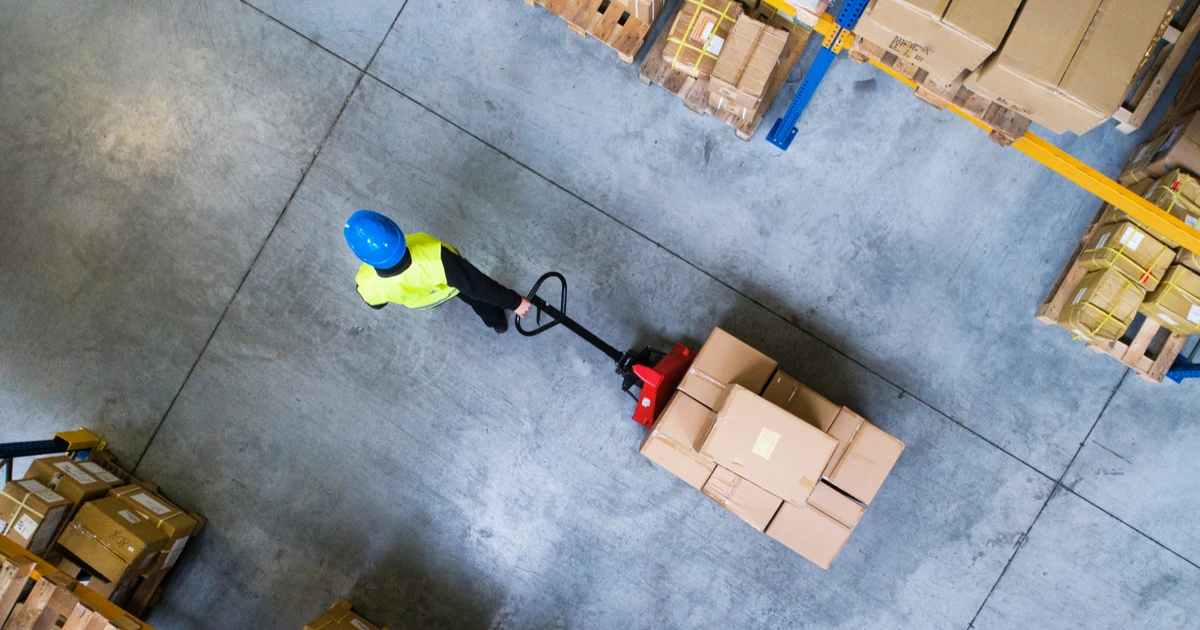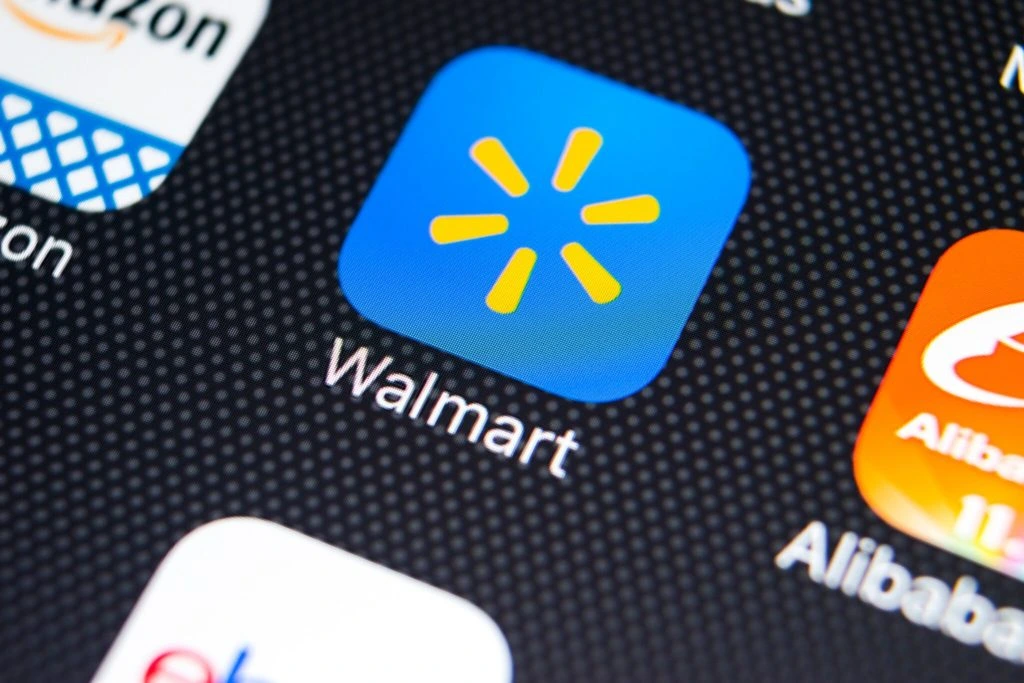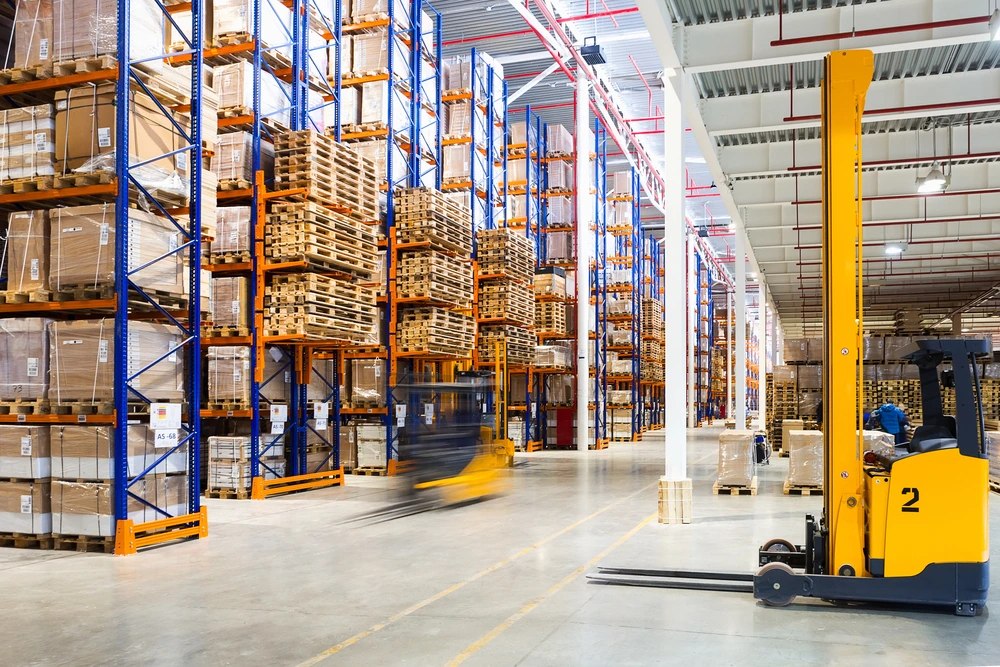
Walmart WFS Fees vs Amazon FBA Fees: Which Is Better?

Table of Contents
- Learn about how to optimize your Walmart listing here!
- Walmart Fulfillment Services (WFS) Maximum Package Weight/Size:
- Fulfillment By Amazon (FBA) Maximum Package Weight/Size*:
- Walmart Fulfillment Services (WFS) fulfillment fees:
- Fulfillment by Amazon (FBA) Fulfillment Fees (Non-Apparel):
- Example Product Fulfillment Fee Comparison:
- Walmart Fulfillment Services (WFS) Storage Fees:
- Fulfillment by Amazon (FBA) Storage Fees:
- Frequently Asked Questions
This is a quick rundown of Walmart WFS fees vs Amazon FBA fees. Like with everything else in e-commerce, there are pros and cons.
I scoured the internet for Walmart WFS vs Amazon FBA fees and couldn’t find data anywhere, so here it is, neatly compiled for your viewing pleasure. You saw it here (outside of Walmart) first.
Covered in this post are:
- Size and weight restrictions
- Fulfillment fee comparisons
- Storage fee comparisons
- Example product fees
Skip ahead to get straight to the numbers, or keep reading if you need a Walmart refresher.
To recap: Walmart Fulfillment Service (WFS) is essentially the Walmart version of Fulfilled by Amazon (FBA). You send in your products to their fulfillment centers, and they pull, pack, and ship directly to your customers when they place an order on the Walmart Marketplace.

Walmart is highly selective about who is allowed to sell on Walmart Marketplace through the self-fulfilled method, and even more selective about who gets the privilege to become WFS sellers. If you need a quick introduction to becoming a Walmart Marketplace seller, check out our blog about it.
As of this writing, one of the major benefits of selling on Walmart Marketplace is there is drastically less competition than on Amazon since the barrier to entry is much higher.
Theoretically, this means only higher quality products that Walmart personally approves can be sold.
Learn about how to optimize your Walmart listing here!
Size and Weight Restrictions: Walmart Fulfillment Service (WFS) vs Fulfillment by Amazon (FBA)
Walmart Marketplace sets a maximum product package size and weight for products sent to a Walmart fulfillment center.
Walmart Fulfillment Services (WFS) Maximum Package Weight/Size:
| Maximum Weight | Maximum Dimensions |
| 30 lbs. | 25 x 20 x 14 inches |
Currently, it appears Walmart is keeping its space and logistics optimized by limiting Walmart Marketplace sellers to relatively smaller and lighter packages.
Fulfillment By Amazon (FBA) Maximum Package Weight/Size*:
| Maximum Weight | Maximum Longest Side | Maximum Length + Girth |
| 150 lbs. | 108 inches | 165 inches |
Amazon FBA doesn’t appear to set a technical maximum. There is a point, however, when your package will enter the “special oversize” tier – which translates to astronomical FBA fees that start at $75.78 for 90 lbs and go up per lb from there.
Fulfillment Fee Comparisons: WFS vs FBA
Deciphering Amazon FBA fees feels like translating ancient Latin texts, while Walmart’s WFS fees by comparison feel like reading The Very Hungry Caterpillar. As an Amazon seller, understanding the latter will be a breeze.
Again, Walmart’s e-commerce marketplace is keeping it simple.
Walmart Fulfillment Services (WFS) fulfillment fees:
| Weight | Cost per Unit |
| Less than or = 1 lb | $3.45 |
| Less than or = 2 lbs | $4.95 |
| Less than or = 3 lbs | $5.45 |
| Less than or = 4 lbs, and up to 20 lbs | $5.75 + $0.40/additional lb |
| Greater than 20 lbs (up to 30 lbs max) | Add $3.00 to the above fee |
- For units over 1 lb, use the greater of unit weight or dimensional weight.
- Dimensional weight = length x width x height, all divided by 139.
- Add 0.25 lbs (4 oz) to the shipping weight of your product, to account for packaging materials Walmart will add during fulfillment.
Example item #1:
- Unit weight: 6.00 lbs
- Dimensions: 12 x 10 x 10 inches
- Dimensional weight: (12 x 10 x 10)/139 = 8.63 lbs (greater value than unit weight)
- Shipment weight: 8.63 lbs + 0.25 lb packaging materials = 8.88 lbs
- Rounded up: 9.00 lbs
- Fulfillment fee: $5.75 + 5($0.40)
- $5.75 for the first 4 lbs, then +$0.40/lb above 4 lbs; in this case 5 additional lbs.
- Total shipment weight is 9.00 lbs, so: $5.75 + 5($0.40)
- $5.75 + $2.00
- Total fulfillment fee: $7.75
Example item #2:
- Unit weight: 2.75 lbs
- Dimensions: 5 x 5 x 5 inches
- Dimensional weight: (5 x 5 x 5)/139 = 0.90 lbs (lesser value than unit weight)
- Shipment weight: 2.75 lbs + 0.25 lb packaging materials = 3.00 lbs
- Total fulfillment fee: $5.45
Example item #3:
- Unit weight: 20.0 lbs
- Dimensions: 12 x 10 x 12
- Dimensional weight: (12 x 10 x 12)/139 = 10.4 lbs (lesser value than unit weight)
- Shipment weight: 20.0 lbs + 0.25 lb = 20.25 lbs
- Rounded up: 21.00 lbs
- Fulfillment fee: $5.75 + 17($0.45) + $3.00
- $5.75 for the first 4 lbs, then +$0.40/lb above 4 lbs; in this case, 17 additional lbs, +$3.00 surcharge for shipment weights above 20 lbs
- Total fulfillment fee: $16.40
Fulfillment by Amazon (FBA) Fulfillment Fees (Non-Apparel):
(To keep it simple I’m excluding “special oversize,” “small and light categories,” and apparel category fees, which can be viewed here.)
| Size Tier | Max Dimensions | Unit Weight | Cost per Unit |
| Small Standard | 15 x 12 x 0.75 inches | 10 oz. or less | $2.50 |
| 10+ oz. to 16 oz. | $2.63 | ||
| Large Standard | 18 x 14 x 8 inches | 10 oz. or less | $3.31 |
| 10+ to 16 oz. | $3.48 | ||
| 1 to 2 lbs | $4.90 | ||
| 2 to 3 lbs | $5.42 | ||
| 3 to 21 lbs | $5.42 + $0.38/lb above first 3 lb | ||
| Small Oversize | 60 x 30 inches | 71 lbs or less | $8.26 + $0.38/lb above first 2 lb |
| Medium Oversize** | 108 inches (longest side) | 151 lbs or less | $11.37 + $0.39/lb above first 2 lb |
| Large Oversize*** | 108 inches (longest side) | 151 lbs or less | $75.78 + $0.79/lb above first 90 lb |
***Large oversize length + girth max is 165 inches
- Add 4 oz. to standard category products to calculate the final shipping weight
- Add 1 lb to oversize category products to calculate the final shipping weight
- Add $0.11/unit for items with lithium batteries
- For standard size tier products over 1 lb, or for all oversize tier products, use the greater unit weight or dimensional weight
- Dimensional weight = length x width x height, all divided by 139.
Using the same example items from the WFS examples above:
Example item #1:
- Unit weight: 6.00 lbs
- Dimensions: 12 x 10 x 10 inches
- Small oversize category
- Dimensional weight: (12 x 10 x 10)/139 = 8.63 lbs (greater value than unit weight)
- Shipment weight: 8.63 lbs + 1.00 lb packaging materials = 9.63 lbs
- Rounded up: 10.0 lbs
- Fulfillment fee: $8.26 + 8($0.38)
- $8.26 for first 2 lbs, then +$0.38/lb above 2.00 lbs; in this case, 8.00 additional lbs.
- Total shipment weight is 10.0 lbs, so $8.26 + 8($0.38)
- Total fulfillment fee: $11.30
Example item #2:
- Unit weight: 2.75 lbs
- Dimensions: 5 x 5 x 5 inches
- Large standard category
- Shipment weight: 2.75 lbs + 0.25 lb packaging materials = 3.00 lbs
- Total fulfillment fee: $5.42
Example item #3:
- Unit weight: 20.0 lbs
- Dimensions: 12 x 10 x 12
- Small oversize category
- Dimensional weight: (12 x 10 x 12)/139 = 10.4 lbs (lesser value than unit weight)
- Shipment weight: 20.0 lbs + 1.00 lb packaging materials = 21.0 lbs
- Fulfillment fee: $8.26 + 19($0.38)
- $8.26 for first 2 lbs, then +$0.38/lb above 2.00 lbs; in this case, 19.0 additional lbs.
- Total shipment weight is 21.0 lbs, so $8.26 + 19($0.38)
- Total fulfillment fee: $15.51
Example Product Fulfillment Fee Comparison:
| Example Package | Unit Weight (before packaging) | Unit Dimensions | Walmart WFS Fulfillment Fees | Amazon FBA Fulfillment Fees |
| Example #1 | 6.00 lbs | 12 x 10 x 10 inches | $7.75 | $11.30 |
| Example #2 | 2.75 lbs | 5 x 5 x 5 inches | $5.45 | $5.42 |
| Example #3 | 20.0 lbs | 12 x 10 x 12 inches | $16.40 | $15.51 |
In example 2, the difference in fees is almost negligible; in example 3, there is a noticeable difference of almost a dollar.
In example 1, however, there is a major difference with WFS’ fee being significantly lower, mainly because example 1 fell into the “oversize” category for Amazon FBA. While Walmart WFS considered the dimensional weight for example 1 since the dimensional weight was higher, Amazon FBA’s weight tier structure made it much more expensive.
These are only three examples, of course, hence the importance of calculating your potential fees based on your product’s specific size and weight.

Storage Fee Comparisons: WFS vs. FBA:
A possibly-overlooked difference between the two platforms is storage fees. Walmart charges the same storage fees as Amazon does from Q1 through Q3, and less than Amazon does during Q4. See below.
Walmart Fulfillment Services (WFS) Storage Fees:
| Time Period | Cost |
| January – September (Q1 – Q3) | $0.75/cubic foot per month |
| October – December (Q4) | $0.75/cubic foot per month for items stored less than 30 days Add $1.50/cubic foot per month (total: $2.25/cubic foot per month) for items stored for more than 30 days |
Fulfillment by Amazon (FBA) Storage Fees:
| Time Period | Standard Size Cost | Oversize Cost |
| January – September (Q1 – Q3) | $0.75/cubic foot per month | $0.48/cubic foot per month |
| October – December (Q4) | $2.40/cubic foot per month | $1.20/cubic foot per month |
Oversized items get a lower charge per cubic foot, but theoretically take up more space per unit anyway, so storage costs may balance out via FBA. Again, you’ll need to calculate your specific product’s dimensions.
Q4 is where the largest difference in fees lives. Assuming your sell-through rate is good and your inventory doesn’t sit for more than 30 days during Q4, Walmart charges significantly lower storage fees during Q4 compared to Amazon.
A Note About Supply Chain Logistics
Product shipments sent to Walmart fulfillment centers to be sold via WFS must originate from within the US. Therefore, you cannot ship directly from an overseas supplier to a Walmart fulfillment center.
For those of you who might save on costs by shipping directly to fulfillment centers from an overseas supplier, you may wish to consider the implications this may have on your bottom line if you are required to ship to a Walmart fulfillment center from a domestic 3PL instead.
The Verdict?
Unfortunately, there’s no one-size-fits-all advice here; since the rules on fees (especially fulfillment fees) are unique, you’ll have to compare your own product stats against each platform.
Our aim here is to summarize this information and provide examples so that you can make informed decisions on your potential costs between FBA and WFS.
If you happen to be selling on Walmart Marketplace, whether through self-fulfillment or through Walmart Fulfillment Service, how has your experience been? Feel free to share in the comments or in our Facebook group.
And as always, keep #CrushingIt!
Frequently Asked Questions
Achieve More Results in Less Time
Accelerate the Growth of Your Business, Brand or Agency
Maximize your results and drive success faster with Helium 10’s full suite of Amazon and Walmart solutions.

